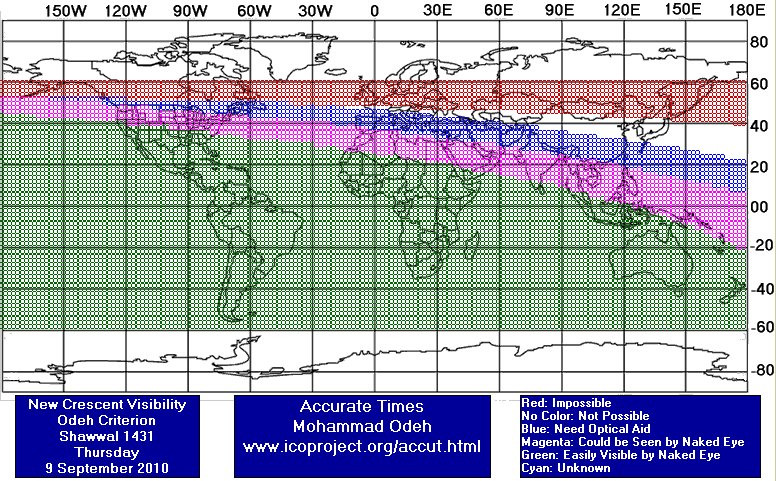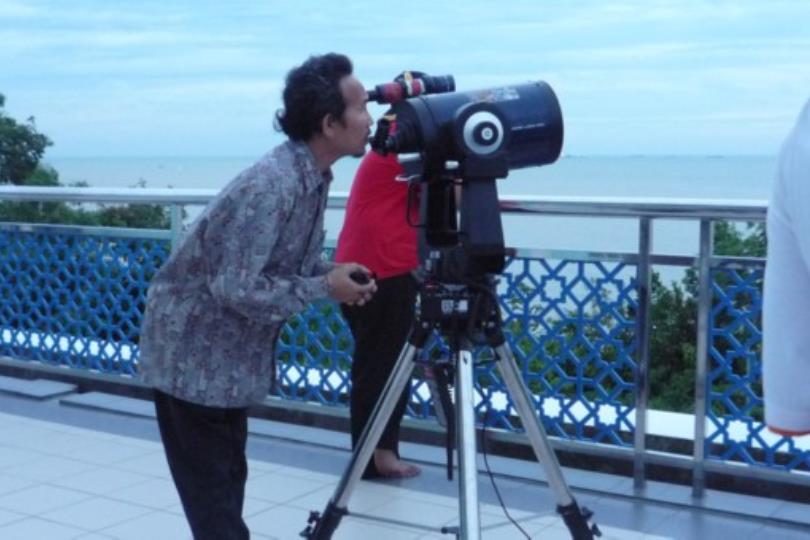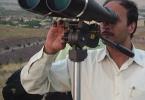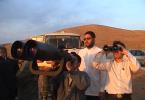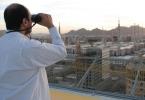Most Muslim countries started Ramadan on Wednesday, August 11th. Others started on Thursday, August 12th, including Oman, Morocco, Mauritania, India, Bangladesh, Pakistan, and Iran.
For those countries that started on August 11th, the 29th of Ramadan will be on September 8th. On that day, however, it will be impossible to sight the crescent from any of the Muslim countries, nay, from any of the Asian, European or African continents, because the moon will set before the sun. Hence, these countries are expected to complete 30 days in the month of Ramadan, and that will make Eid fall on Friday September 10th.
The participants in the second Emirates Astronomical Conference that was held in Abu Dhabi this past May-June and which included many experts in the fields of Astronomy and Shari’ah (Islamic Jurisprudence) from all over the world, including scholars from Muslims living in the West, recommended that when the moon sets before the sun on the 29th of Ramadan, people not be asked to go out and seek to observe the new crescent. Those who made this suggestion were experts in Fiqh; their reasoning was: it does not make sense to ask people to sight something which is not there. They also emphasized that this does not contradict the Sunnah of our beloved Prophet, peace be upon him, since this recommendation is only for cases where the moon is not there in the sky. Hence we ICOP recommend that governments in the Muslim world, not ask their citizen to sight the crescent moon on September 8th, 2010.
As for those countries which started the month on Thursday, the 29th of Ramadan will be on September 9th, and on this day, the moon will be easy to sight from most Muslim lands, either by naked eyes or with the help of binoculars or telescopes. Hence it is expected that Eid will be on Friday, September 10th there as well. But for countries like Pakistan which require the sighting to be with naked eyes only and/or within their boundaries, it will be very hard to sight the moon on Thursday, in which case Ramadan would be completed in 30 days and Eid would be on Saturday, September 11th.
As to Libya, which does not require the physical sighting of the moon, but requires only that the Earth-Moon-Sun conjunction occur before Fajr, Eid will be on September 9th.
To know more about the possibilities of observing the moon for the month of Shawwal, please visit the Islamic Crescents Observation Project (ICOP) website (http://www.icoproject.org).
ICOP was established in 1998; its more than 400 members are scholars and experts in Astronomy and Islamic Jurisprudence interested in issues of crescent observation and Islamic calendar. ICOP encourages everyone all over the world to observe the moon and send their observation results to the ICOP website. After authentication, those reports are published on the appropriate webpage.
The maps below show the moon visibility for September 8th and 9th, calculated according to the “Odeh criterion”:
1- Sighting of the moon in the red area is impossible, for the moon there sets before the sun and/or the conjunction has not occurred yet.
2- Sighting of the moon in the white area is not possible: conjunction there/then has occurred and the moon sets after the sun, the crescent cannot be seen by either naked eyes or optical-aid instruments due to its short distance from the sun and/or its low height in the horizon.
3- Sighting the moon in the blue area is possible only telescopic instruments.
4- Sighting the moon in the magenta area is possible with the aid of a telescope and, if weather conditions are very good, by naked eyes.
5- Sighting the moon in the green area is possible/easy by naked eyes.
For the ICOP’s Administrative Board,
Mohammad Odeh (President)
Wednesday, September 8th 2010
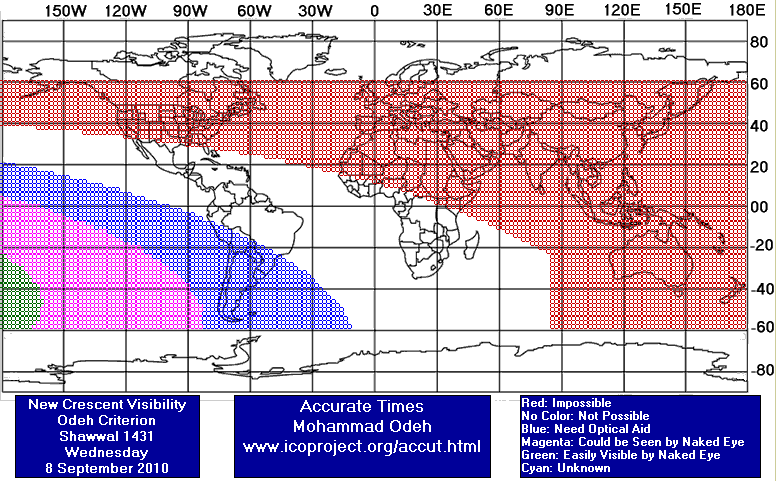
Thursday, September 9th 2010
